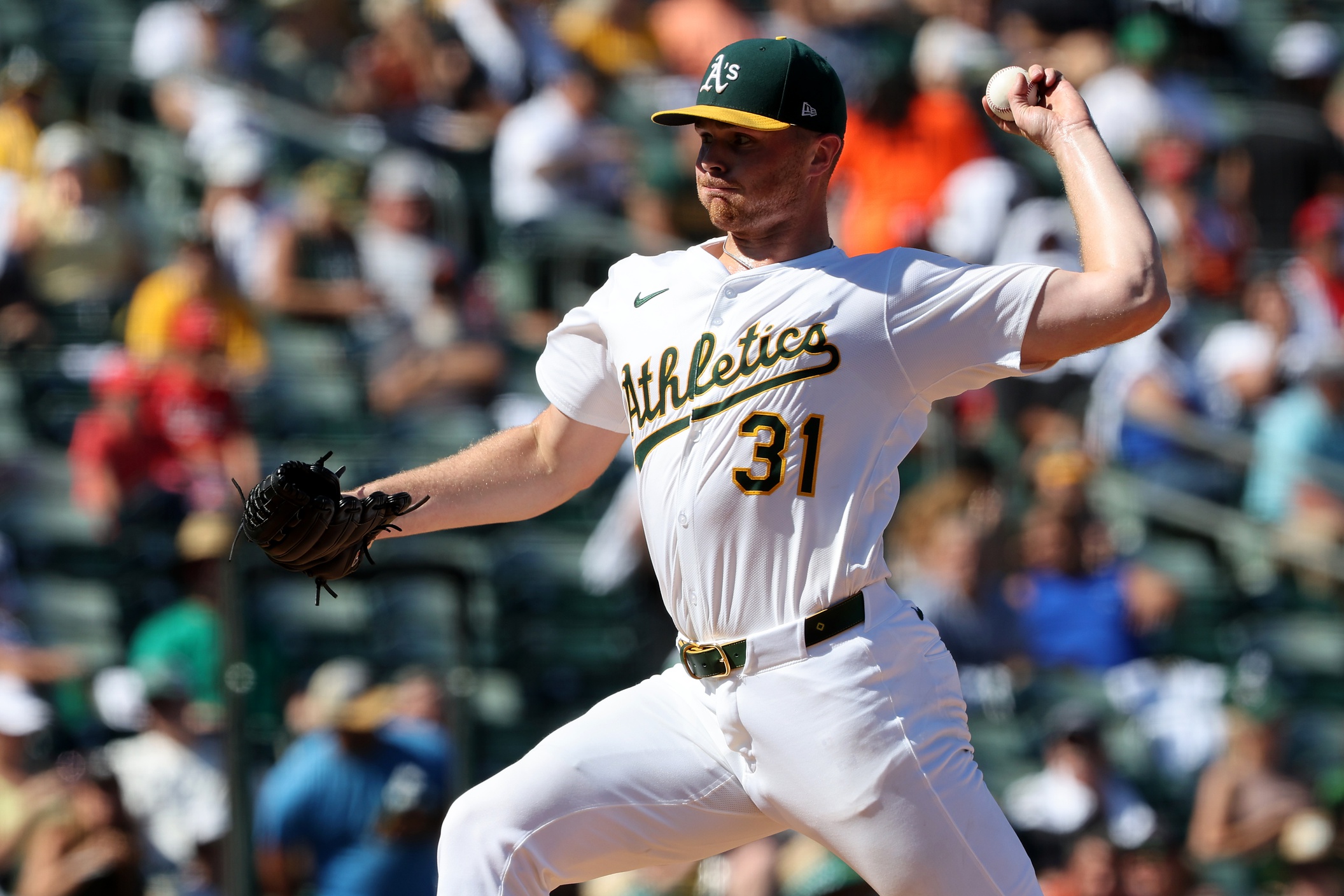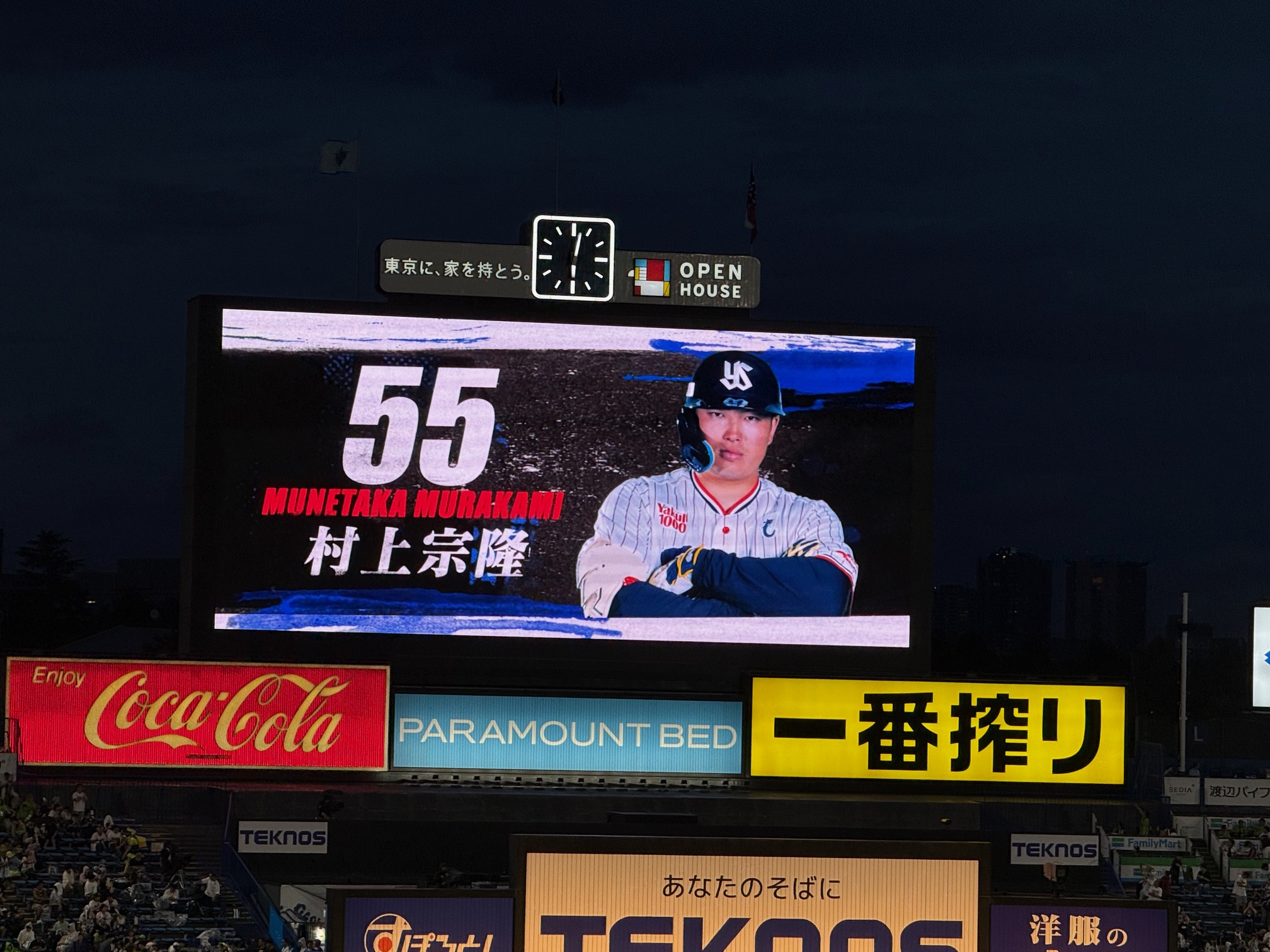Being a catcher is physically grueling. The developmental trek from being drafted out of high school to making the majors has a sky-high casualty rate. And any big league pitcher will tell you that much of the vital work of the position remains unquantifiable and thus, underappreciated.
So when did 18-year-old Landon Hodge, the athletic catching prospect whom the White Sox recently inked for an over-slot $1.1 million signing bonus in the fourth round of last month's draft, decide this was the route for him? He offers a host of meaningful checkpoints, and you can offer your own interpretation of when the die was cast.
His father, Traviss Hodge, was a catcher himself and was drafted both out of high school and later out of college, but had his own pro career derailed by a torn labrum. So much like Kyle Teel, Hodge has had a professional caliber former catcher as his personal instructor for his entire life, and a baseball bat was placed in his hand when he was three years old. Like his father, Hodge throws right and bats left, which has been the case from the beginning.
"When I picked up the bat, I naturally went to my left side and my dad was like, 'Hell yeah.'" Hodge said with a laugh.
Hodge won't turn 19 until pitchers and catchers have reported next spring, so he's quite young. But when he was even younger, he played both the infield and outfield, with catcher being just one of a menagerie of positions he played. It was as he transferred to Crespi Carmelite High School in Encino, Calif. -- the same high school that produced Rick Dempsey -- in the middle of his sophomore year, that it came with word that his new team needed a catcher, so Hodge made it his sole defensive focus.
"You're never bored. Baseball can be slow at times, but I feel like with catching, it's pretty fast-paced," Hodge said. "Before I started catching, I really never looked into the game too deep. I was just watching it to watch it. But now when I watch big league games or college games, I look at pitch sequences, how they're pitching against guys, what pitches work against certain guys and what sequences best get guys out."
Better Know a White Sox Draft Pick
Crespi won the CIF (California Interscholastic Federation) Division II championship in Hodge's first season there, and made it to the semifinals in Division I in his senior year. While the environments that lay ahead of Hodge will soon dwarf those playoffs for intensity, it nevertheless instilled in him a self-belief that he can handle the biggest moments against the best competition.
That feeling was fortified as Hodge hit the showcase circuit, where he didn't feel outclassed against the best prep athletes in the country, nor when he was tapped to catch hard-throwing left-hander Seth Hernandez, who was just taken sixth overall in this same draft.
"The first time I caught above 90 mph was Seth Hernandez and he was pumping 94-96 mph, and I was catching it super-well, super-clean, and for me that was kind of an eye-opener," Hodge said. "At the end of [senior] year, I was ready to play pro ball. I felt like I had no problem catching guys that had dirtier stuff, harder velo. For me, I was ready. And when I got [to the White Sox complex] and starting catching, it was like 'Yeah, this is something I can definitely run with.' There were no big adjustments that I had to make."
Hodge has adopted a one-knee stance as he's focused his physical training on mobility and flexibility to frame high-level stuff. As he's added strength over the past two years, he's felt it's reduced a lot of the noise in his hand load as he wound up himself up to swing, and better contact rates have come with it. Halfway through his senior year, he installed a leg kick synced up to his hand load that he feels has helped him keep his weight back in his swing.
As he incorporated these adjustments, Hodge noticed the scouting attention at his games increasing. He had a commitment in hand to a baseball powerhouse at LSU that has produced countless big leaguers, but Hodge's dream was to play professional baseball, so he saw little reason to bypass the direct route.
"My dream was always to play pro ball, and not just play in MLB but stay in MLB," Hodge said. "Going into my senior year is really when it started to pick up. For me, it wasn't a scary or stressful thing, it was that this has always been my dream but it's becoming a reality. It was just more fuel for me to work harder and get better at every part of the game."
Hodge is playing in bridge league games at the team complex against fellow recent draftees, and doesn't mind telling anyone that he's batting third on a regular basis, catching for five or six innings, until the Sox decide to pull their seven-figure signing out of the hot Arizona sun. His days usually begin before 7 a.m., with defensive drills, hitting off pitching machines and conditioning in the morning before the afternoon shifts to meetings design to onboard him to the most information-dense position in the sport.
But Hodge loves it, and most days end with time left in the afternoon for a nice nap, so he has no complaints.
"There hasn't been anything I've been struggling with or been like 'Oh crap, this is how pro ball is?'" Hodge said. "I just love how organized and structured everything is. You know what you need to do before you get to the yard and before the actual game. They send out a message the night before. For me, it's pretty easy because I get there and I know what I have to do."






